English wine producers, the world is our oyster
Family run Black Dog Hill Vineyard in East Sussex is going global after landing a deal to supply its sparkling wines to 24 countries. Black Dog Hill Vineyard is a family business spanning three generations, with high ambitions to lead the emergence of boutique, grower-style English sparkling wines. Founded in 2007 by husband and wife team Jim and Anja Nolan, the Westmeston-based company is championing the evolution of English Sparkling wine.
